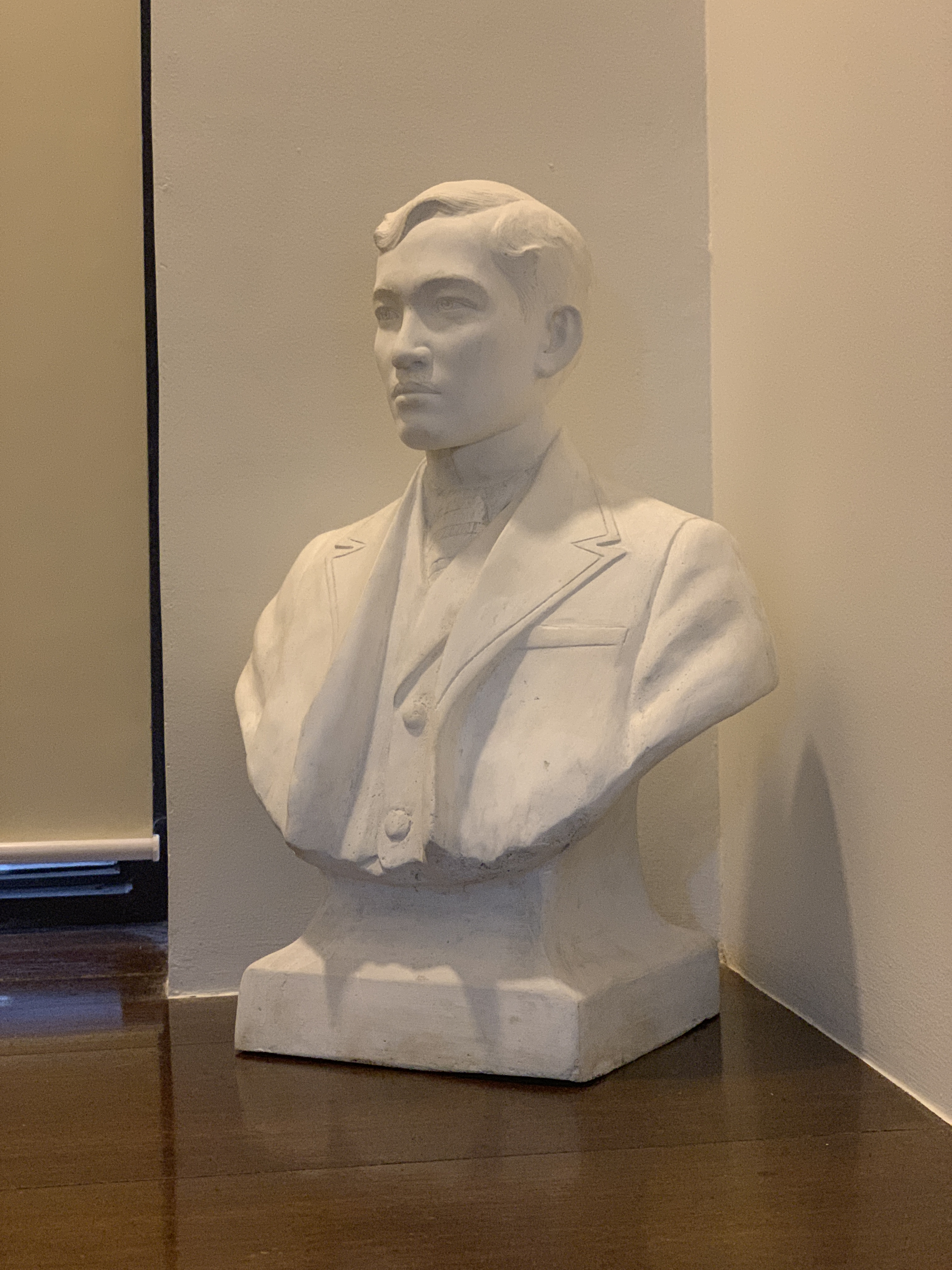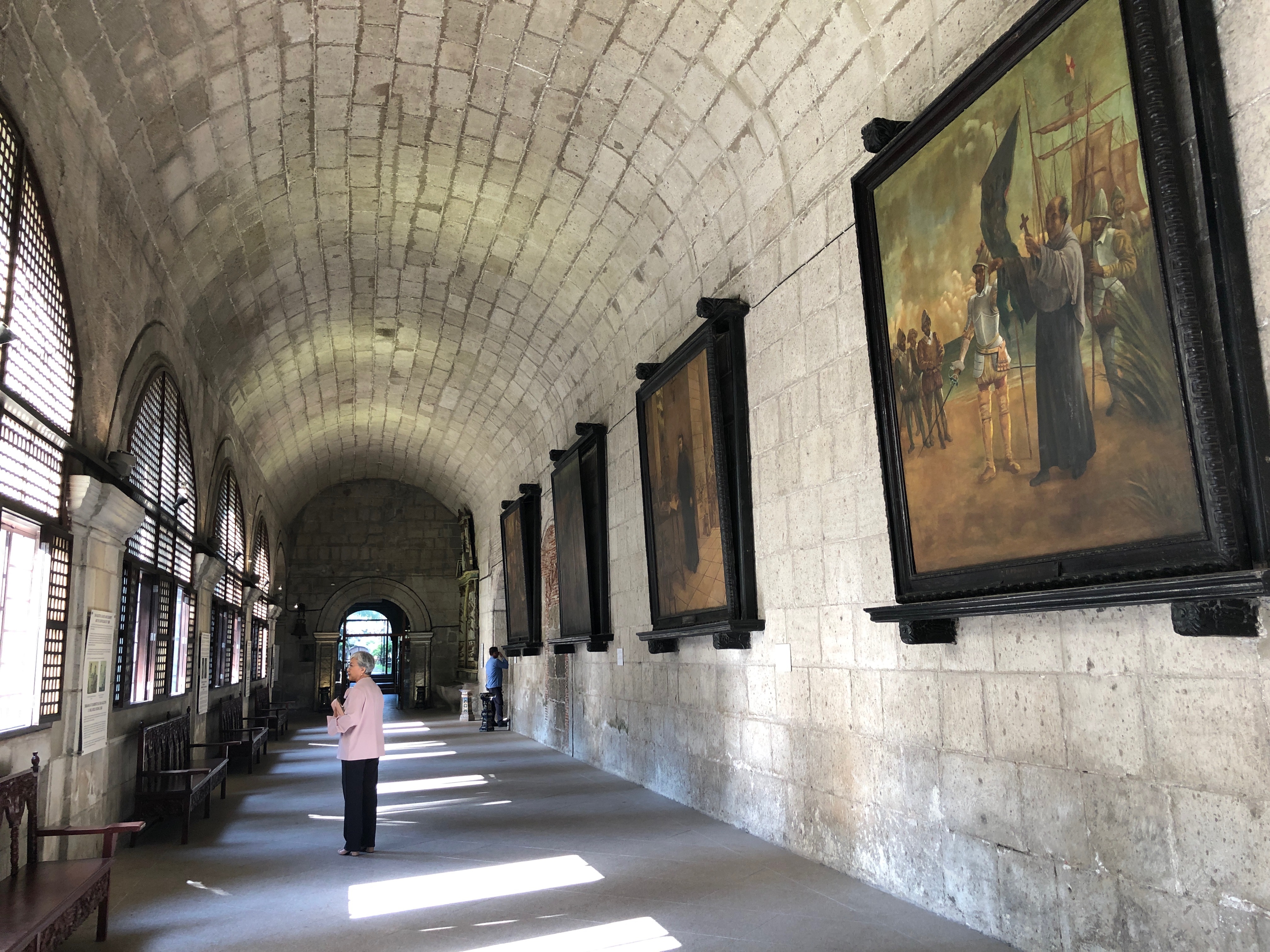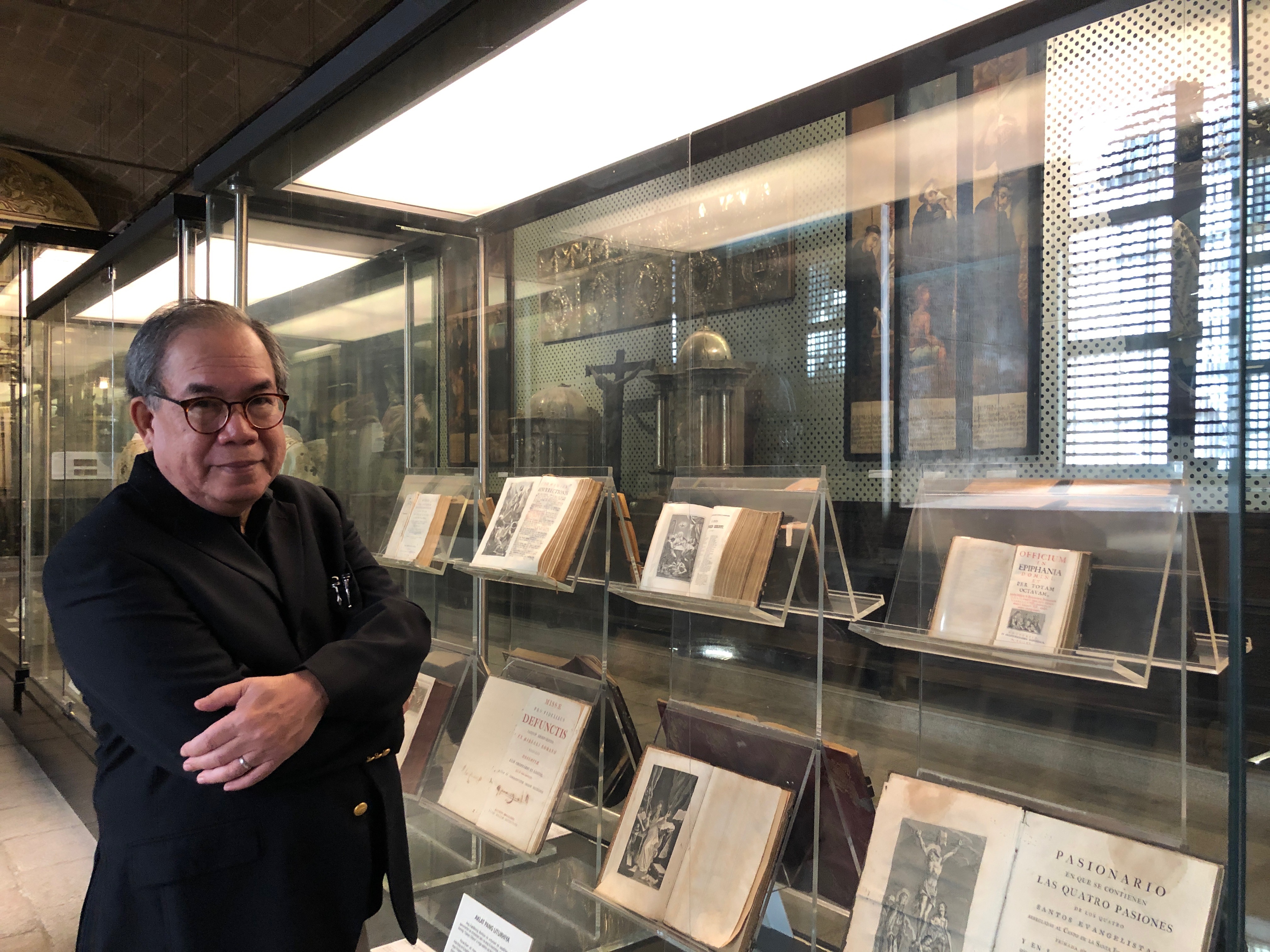Penman for Monday, July 5, 2021
YESTERDAY, JULY 4, marked the 55th anniversary of the controversial visit of the Beatles to the Philippines in July 1966.
I was 12, in transition between grade school at La Salle Green Hills and the Philippine Science High School, when the Beatles came to Manila. I can still remember that day, the 4th of July, quite clearly. We were living in Pasig, and my mom and I took a bus to Quiapo, from where we were going to take a jeepney to go to the Rizal Coliseum. She was going to take me to see the Beatles, perhaps as a treat for having made it to the PSHS, a school for smart kids. I certainly felt smart. I knew all the Beatle songs by heart. We didn’t have a record player, but I listened to them on the radio, and sometimes on our neighbor’s TV, when they appeared on the Ed Sullivan Show. We didn’t have tickets, but I was sure we could buy them at the gate.
We got off at Quiapo, in front of a new theater that had just opened: the Cinerama, which boasted something called “Sensurround,” guaranteed to make you feel an earthquake in your seat. The theater’s inaugural offering was a war movie titled “The Battle of the Bulge.” My mom stopped on the sidewalk, looking up at the marquee. “Let’s watch this instead,” she said. And so we did, and so I missed seeing the Beatles; you could say that I almost saw them standing there.
I was in grief, although to be fair to my mom, the movie was fun, full of tanks and military mayhem.
Not long after came the news that the Beatles were being chased out of the airport by an angry mob, and the story I got was that they had failed to show up at Malacañang for what would have been a command performance. I could imagine Bongbong—three years younger and a few grades behind me at La Salle—standing forlorn on an empty stage, waiting for the stars that never came. I felt torn between sympathy for him and my allegiance to the Fab Four. I thought that the rude send-off was too much, but I also couldn’t understand why the Beatles couldn’t have swung by the Palace and sang a song or two. How hard was that?
Today, more than 50 years later, I think I can understand that ambivalence. In 1966, Ferdinand Marcos was very much the good guy—heck, he was the guest of honor at our graduation in La Salle! (Incidentally, the sons of his presidential opponents—Diosdado Macapagal and Raul Manglapus—were also in the same school.) He had just assumed the presidency, and still exuded the charisma of a winner. While a private impresario had brought the Beatles over, they were—in some fuzzy official sense—guests of the Republic, hosted by no less than the President of the Philippines. They were ambassadors of goodwill, of the Republic of Liverpool or wherever they came from, and it would have been a normal courtesy to pay a visit to Malacañang for some polite chit-chat and indulge their hosts with a song or two.
John could have leaned over to ask the young Bongbong, “What’s your favorite song of ours?” while Imelda looked on with a glowing smile, and Bongbong could have shyly answered, after some prodding, “She loves you ye-ye-ye….” Whereupon John would have winked at Paul, who would have protested “But John, we didn’t bring any instruments with us,” leading Papa Ferdinand to pull a curtain aside to show a full array of Gibson and Rickenbacker guitars and Ludwig drums. And that would have led to one, two songs, the obligatory encore, with Imelda and Ferdie launching into an impromptu dance, and cheers and laughter all around, culminating in a Rajah Sikatuna award or some such for the quartet.
But of course none of that happened. The Palace invitation went unanswered, the catered leche flan cooled and curdled, and the tapping of Ferdie’s and Imelda’s fingers on their hardwood armrests telegraphed disbelief, then irritation, then anger. A dejected Bongbong might then have muttered, “I like the Rolling Stones more, anyway….” Ferdie would have whispered a few words to an aide; Imelda would have stood up, and with a wave of a hand ordered all the dish covers and warmers shut—“Serve it to the dogs!”—and retired in a huff to a drawing room. Meanwhile the Palace aide would have gone down to the Beatles fans gathered at the gates below, and ordered them to go home: “They’re not coming. They snubbed the President!… Who do they think they are?”
“More popular than Jesus,” of course, John had said in an interview with a London newspaper just four months earlier, commenting on the general decline of faith in modern life more than anything else, but now was a perfect time to lift that out of context and expose the Beatles as heathen ingrates. Southern Baptists burned their records and the Ku Klux Klan picketed their US concerts. Some Pinoys chased them to their plane—as many others wept, just to make that clear; to them, the Beatles were certainly more popular than Marcos.




















 Penman for Monday, March 4, 2019
Penman for Monday, March 4, 2019










 Penman for Monday June 5, 2017
Penman for Monday June 5, 2017
